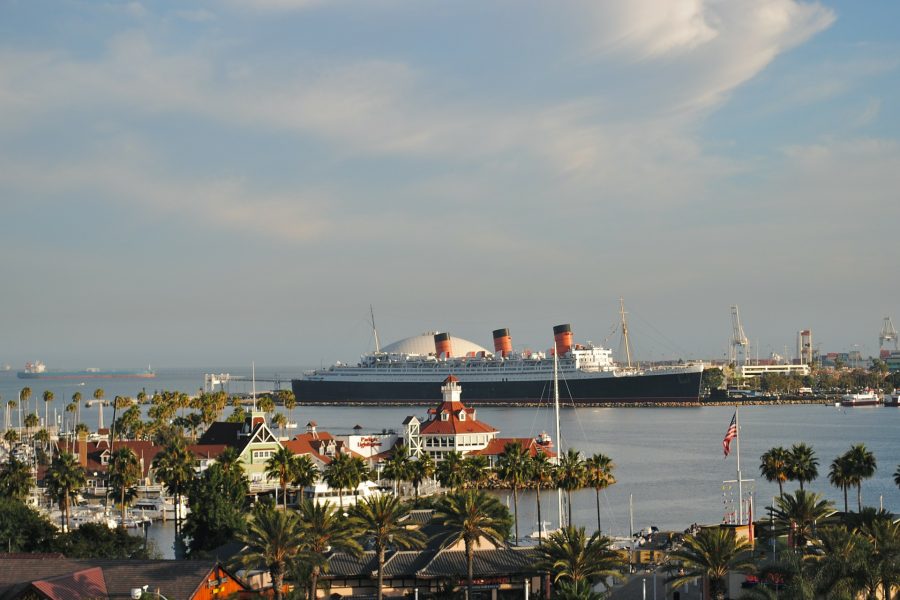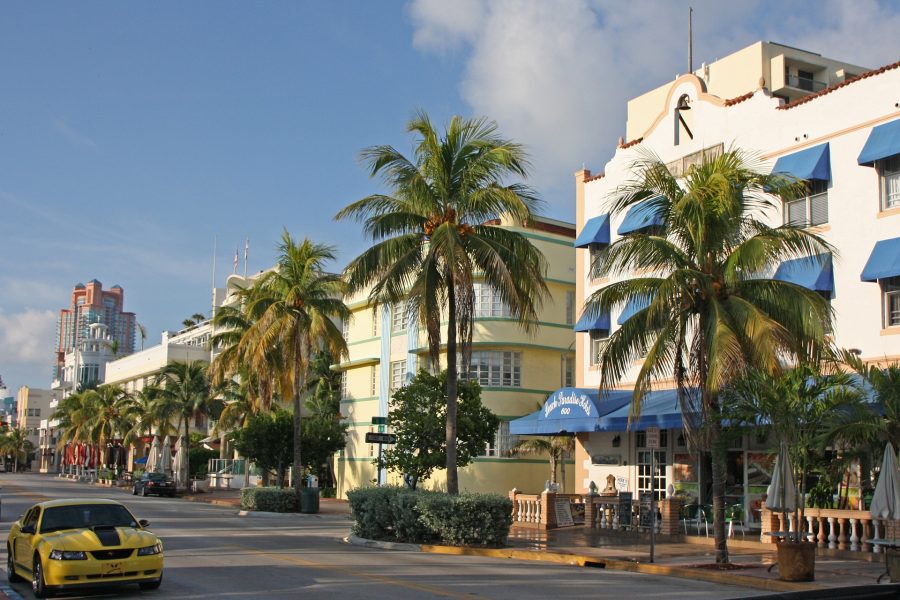Walking has several benefits. From improved health and helping the environment, to bringing foot traffic to local businesses, hitting the road on foot is being encouraged by more and more cities and towns across the country.
Walk Score promotes walkability in cities and measures the walkability of any address using a patented system. For each address, Walk Score analyzes hundreds of walking routes to nearby amenities. Points are awarded based on the distance to amenities in each category. Amenities within a 5 minute walk (.25 miles) are given maximum points, while a decay function is used to give points to more distant amenities, with no points given after a 30 minute walk.
The site also measures pedestrian friendliness by analyzing population density and road metrics such as block length and intersection density. “We believe that walkable neighborhoods with access to public transit, better commutes, and proximity to the people and places you love are the key to a happier, healthier and more sustainable lifestyle,” the company says on its site.
The Walk Scores are tabulated by a point system:
90–100 Walker’s Paradise: Daily errands do not require a car.
70–89 Very Walkable: Most errands can be accomplished on foot.
50–69 Somewhat Walkable: Some errands can be accomplished on foot.
25–49 Car-Dependent: Most errands require a car.
0–24 Car-Dependent: Almost all errands require a car.
Here is the latest ranking of the top 10 most walkable cities in the United States.












